Breadcrumbs
Evidence on youth offending
- Published
Evidence, data and analysis brought together by the Social Wellbeing Agency was used to support the Better Pathways Package, announced today by Education and Police Minister Chris Hipkins and Social Development Minister Carmel Sepuloni.
This package, to help give young people opportunities, improve their wellbeing and reduce youth crime, includes the following initiatives:
- Successful youth engagement and employment programmes to be extended to thousands more young people
- All children aged under 14 in Counties Manukau and West Auckland who are caught doing a ram raid will be referred to the cross agency Social Wellbeing Board to intervene with wraparound support
- Youth Guarantee Programme extended to support up to 1,100 more participants
- He Poutama Rangatahi extended to support around 1,400 more rangatahi
- Ākonga Fund extended to the end of 2023 to support up to 2,750 additional young people and their whānau
- 232 families with children set to benefit from the scaling up of the family functional therapy, intensive mentoring and community led youth inclusion programmes
The Social Wellbeing Agency’s role was to lead analysis that brought together data from agencies to identify where existing support could be bolstered for higher-needs groups of children and young people. This analysis, found here [PDF, 661 KB], used data from the IDI to build on previous work [PDF, 853 KB] to identify factors correlating with youth offending.
Analysis also shows that preventing youth crime is important to preventing gang membership for young people. Based on 2000 young people in their early 20s who are currently on Corrections’ gang member list, 100% of the cohort had contact with the Police and were reported as offenders one or more times across their lives, and over half were also reported as victims of crime.

